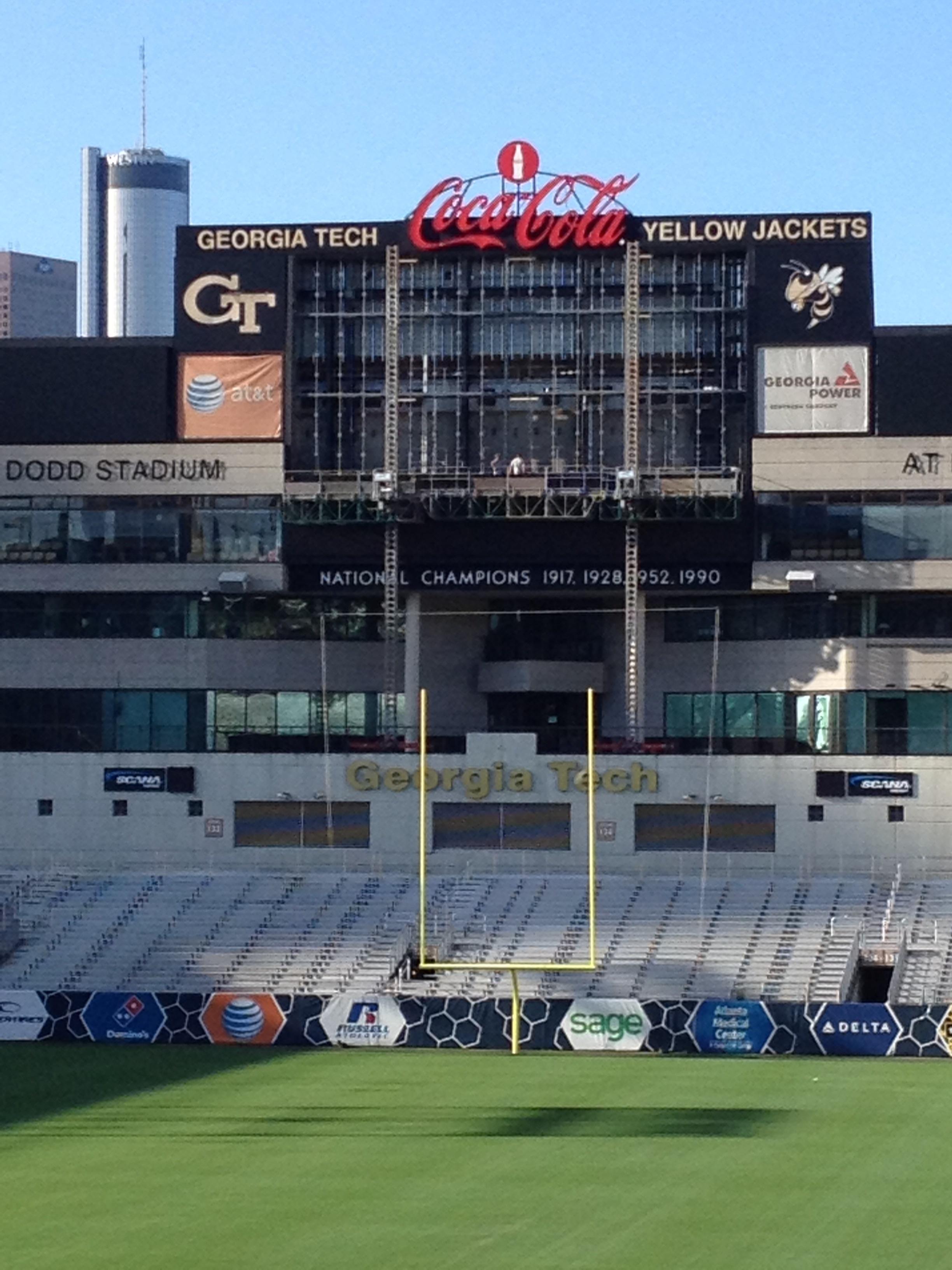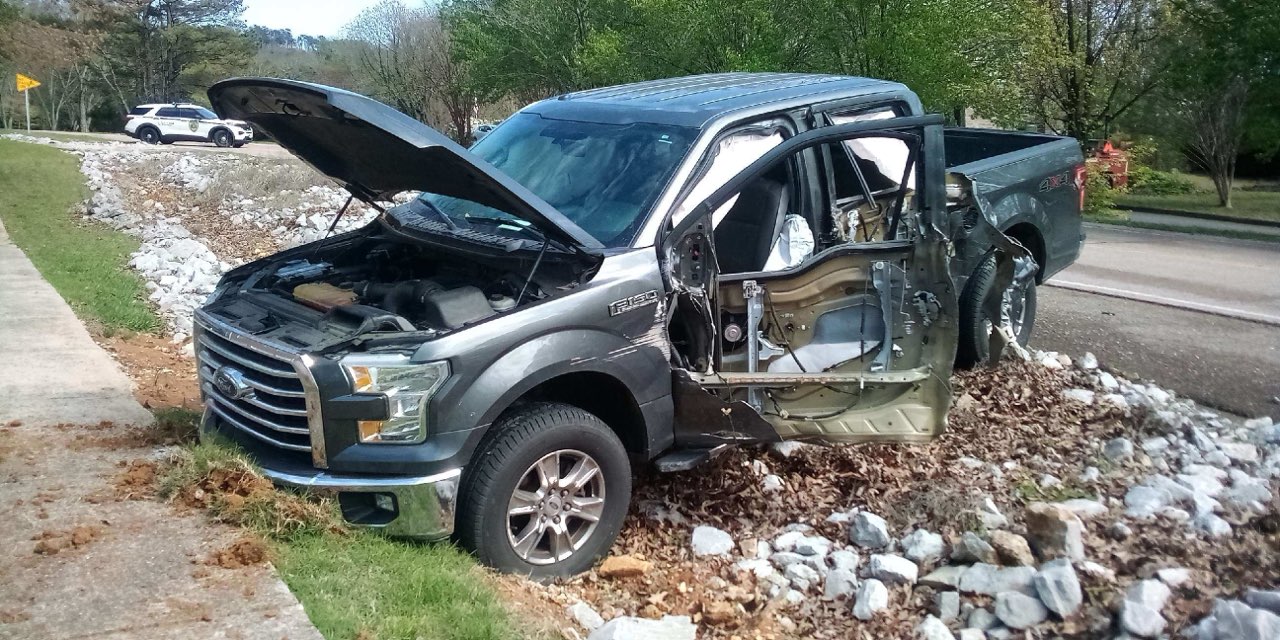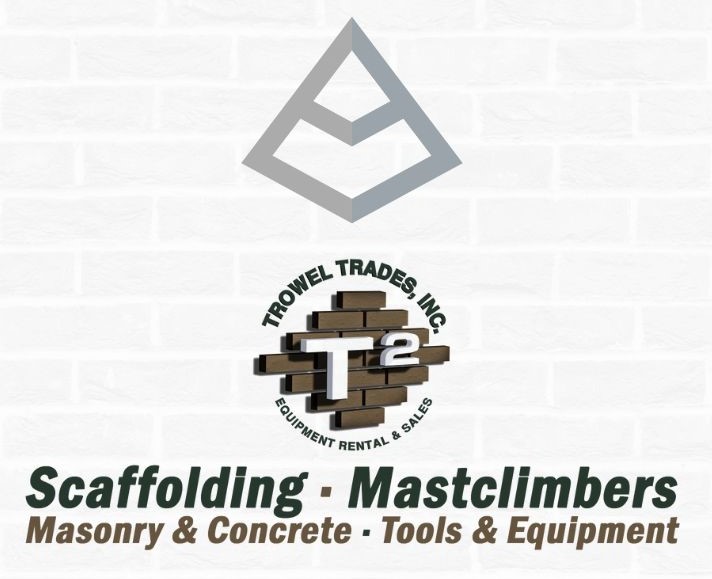
FREE SHIPPING ON
ALL QUALIFYING ORDERS
Enter your email below to join our mailing list:

The primary components of mast climbers are a vertical tower typically composed of modular stacked units resting on either a mobile chassis or stationary beams, a work platform that travels up and down the tower, and a drive unit that moves the platform up and down. Mast climbers use either a gas-powered hydraulic power system or an electric motor power system. Mast climbers can be further classified by the drive system, using either a ratcheting or rack-and-pinion drive.
Mast climbers may be designed and used with a single tower or twin towers. Some modules are designed to operate as free-standing units up to a manufacturer-specified height. Most mast climbers are structurally supported by an anchorage system made up of ties and anchor bolts attached to the building being worked on. Design of the anchorage system (which includes a specified spacing schedule) and use of the correct bolts and ties are thus extremely important to ensure the safety and integrity of a mast climber.
Typical Uses
Mast climbers are typically associated with high-rise construction, but they are used most often on structures up to 60 feet in height (Inglesby 2008). The heights at which mast climbers are used vary according to their specific application and type of system. Hydraulically-powered ratcheting drive systems are commonly used at lower heights, for masonry work. Rack-and-pinion systems, on the other hand, are typically used at elevations of 30 feet and higher and can go as high as 1,000 feet. These systems are commonly used for glazing and drywall applications. In addition to these applications, mast climbers are also used in architectural cladding and mechanical work (for instance, to mobilize and install heavy-duty steel pipe and duct work).





No spam, notifications only about products and updates.

Having dealt with MK Diamond Products and the Delahauts since the mid 1990’s it is sad to hear the news that they have closed their

I’ve told my wife and daughter to never follow a mortar mixer down the interstate. For over 30 years we have sold, rented, and repaired

This question is one of the most frequent mixer related questions our rental staff are asked. Our contractor customers know the importance of using the right tools for the job.

Trowel Trades, a company that specializes in equipment rental, tool retail, repair services, scaffolding and mast climber access solutions, enters the Silver Tier of the Masonry Alliance Program.
Your email was submitted successfully.
YOUR 10% OFF COUPON CODE IS WELCOME10.
See category exclusions below.
Category Exclusions:
Arbortech Brick and Mortar Saw, Compaction, Concrete Mixers, Concrete Walk Behind Saws, Drop Hammers, Grout Hogs, iQ Power Tools, Masonry Block Saws, Masonry Brick Saws, Mast Climbers, Mortar Mixers, Mud Buggy, Saws, Scaffold, Self Dumping Hoppers, Shoring, and Stihl